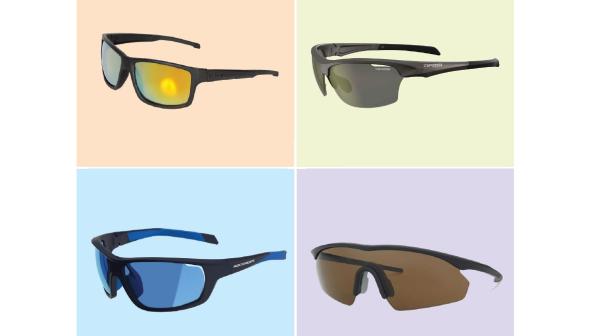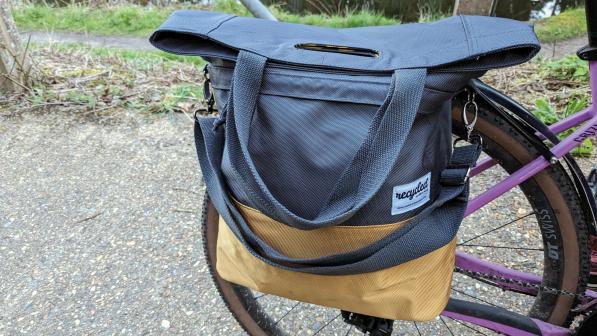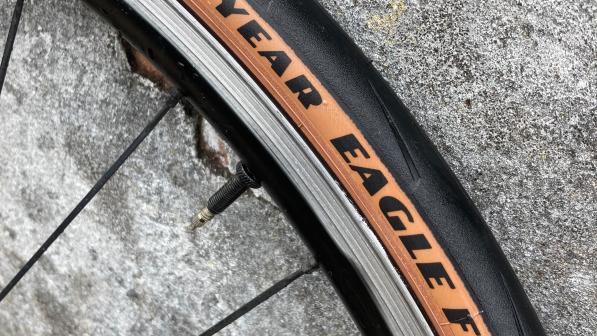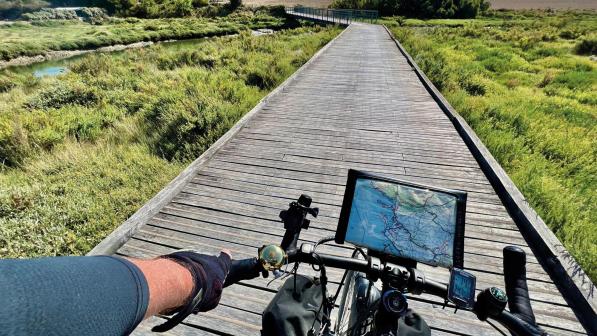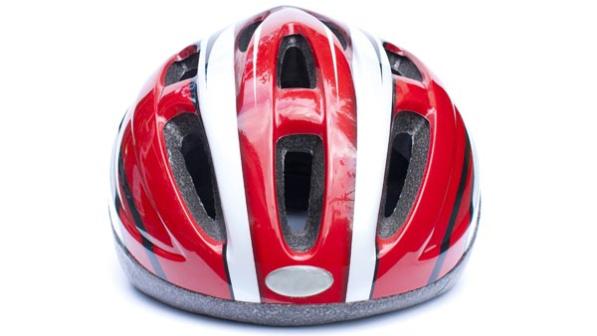Review: Bell Falcon XR LED Mips

This is pitched as an all-purpose cycle helmet that’s “as comfortable on the road, gravel, or trail as it is commuting to work”. Aside from time trial and full-face mountain biking helmets, however, most helmets are multi-functional; I use the same Carnac Croix road helmet for mountain biking and sporty road cycling. (I don’t wear a helmet for utility cycling or touring.)
The Falcon XR LED Mips has the same rounded shape as Bell’s more expensive XR Spherical. Coverage is a bit deeper at the back of the head than other road helmets, and it’s rounder internally. Bell calls this ‘Spherical Technology’. The idea is that the Mips internal cradle can rotate more easily inside the expanded polystyrene shell, a bit like a ball-and-socket joint. As you’d expect, a rounded helmet will fit rounder head shapes better. I have a longer and thinner 57cm circumference head; the size M helmet (55-59cm) only just fitted.
Mips is short for Multidirectional Impact Protection System. It’s intended to reduce rotational energy to the head – and therefore the brain. The inner cradle is attached to the helmet body by elastomers and is designed to rotate 10-15mm inside the helmet if you hit your head at an angle. (For perpendicular impacts, a Mips helmet works like any other.)
I was only willing to test the Mips cradle with my hands rather than in a crash scenario. It does move as claimed. It’s hard to say – for manufacturers as well as me – exactly how effective it will be, but I can’t see how it would be worse than a non-Mips helmet and it’s plausible that it would be better.
A Mips helmet will typically be 20-45g heavier and £10-£50 dearer than a non-Mips equivalent. The Falcon XR did seem both heavy and expensive to me. It weighs 344g even with its rear light (30g) removed. That compares to 225g for my size L Carnac Croix, which cost £20. The Bell helmet isn’t any better ventilated either.
There are some additional features. The Falcon’s buckle is a Fidlock magnetic one, which works fine but isn’t something I’d pay a premium for. And there’s a Blackburn Grid rear light, which is genuinely useful. It’s bright (40 lumens), USB-C rechargeable and doesn’t protrude like an add-on helmet light, so in a crash it won’t snag the road/trail and spin your head or punch into the EPS.
Verdict
A well-made, somewhat pricy helmet that benefits from the Mips system and an integrated rear light. It’s as practical off road as on – arguably better, due to the greater head coverage – but regardless of the discipline suits steadier-paced riding best; ventilation is decent rather than exceptional. It’s also quite heavy.
Other options
Bontrager Starvos Wavecel Cycling Helmet £109.99

WaveCel is “a collapsible cellular structure that lines the inside of the helmet” – a crumple zone, in other words, so it works differently from Mips.
Specialized Align II £45

One of the least expensive helmets with Mips, the Align doesn’t look as well vented but at 370g for the M/L version is a similar weight to the Bell Falcon.

